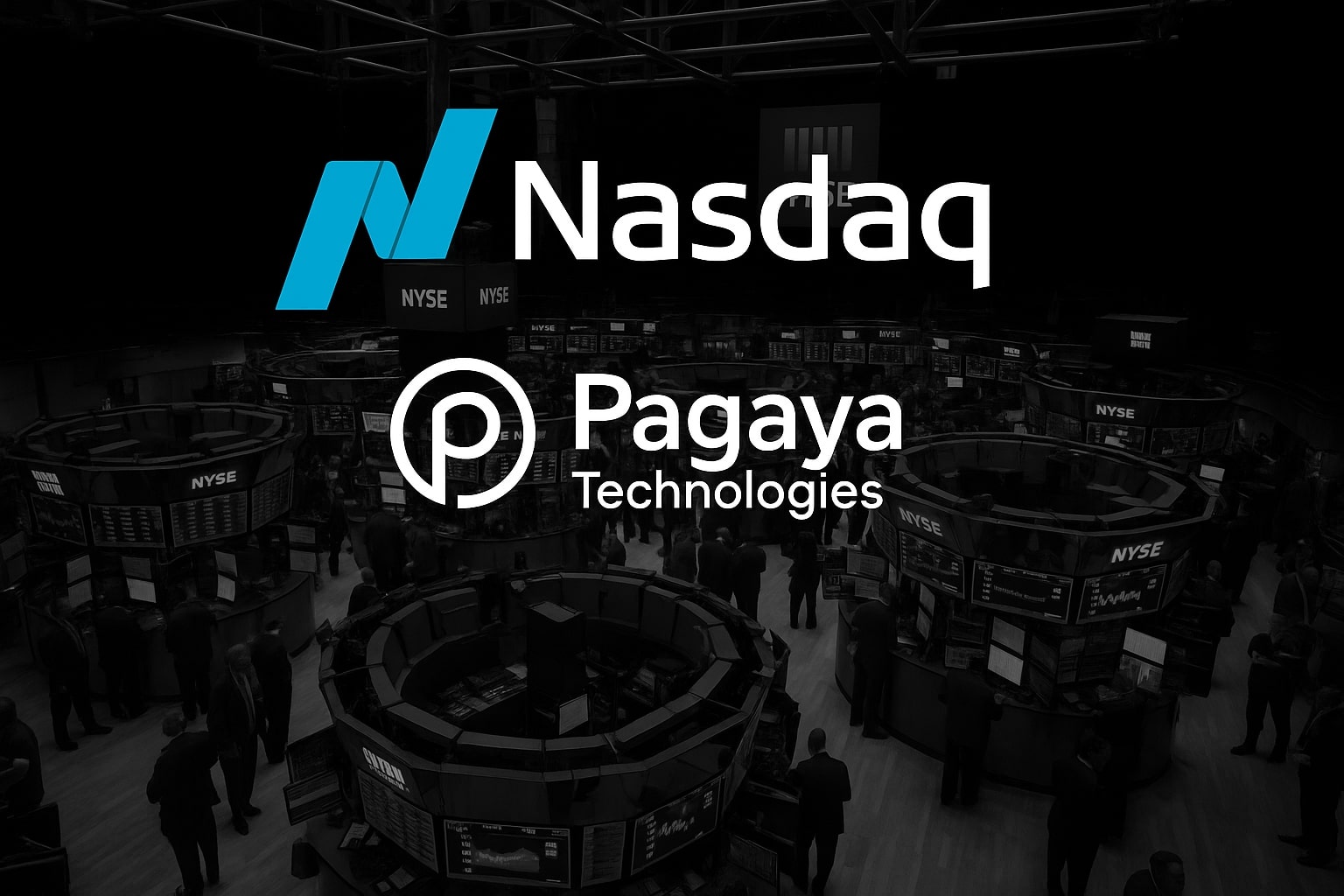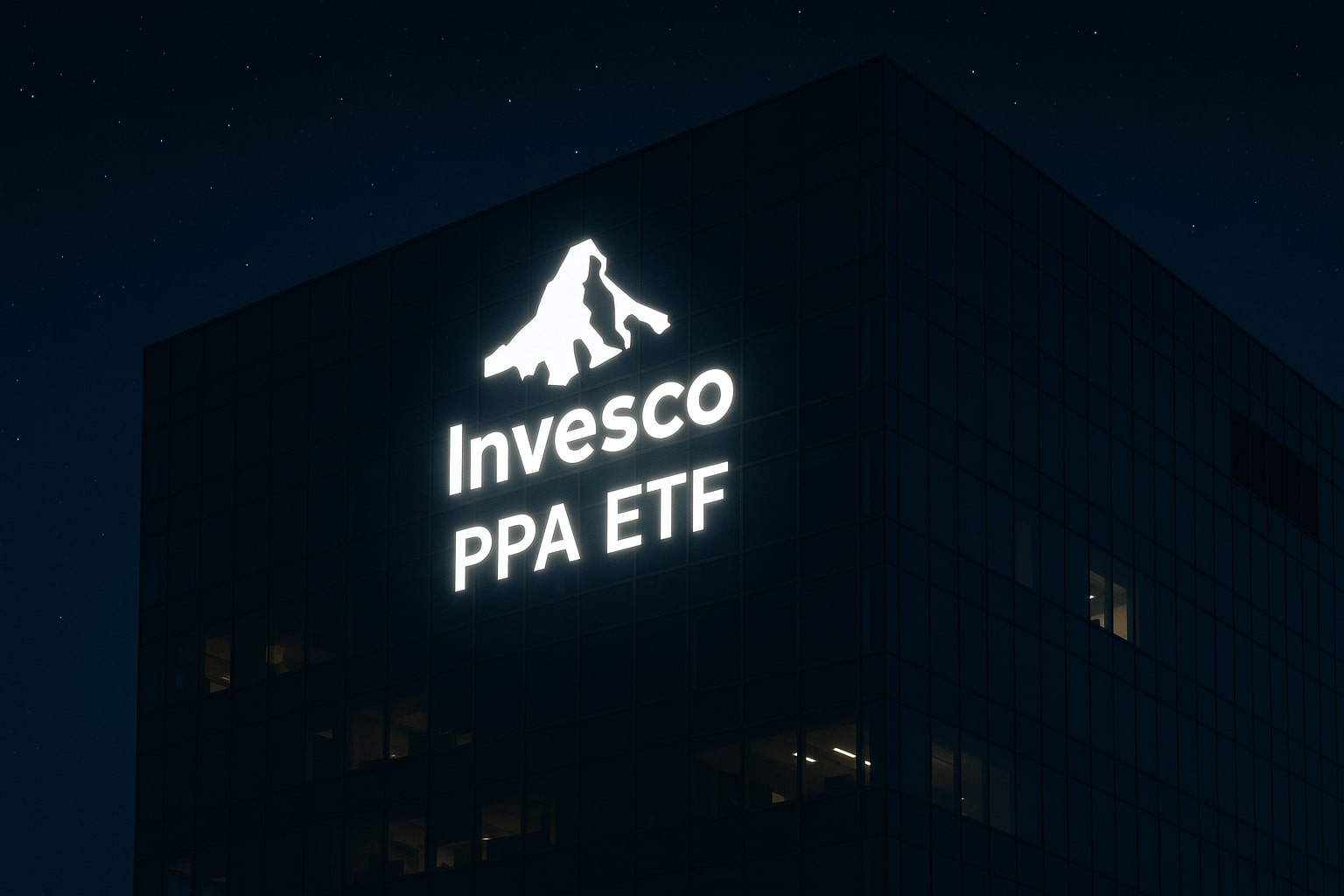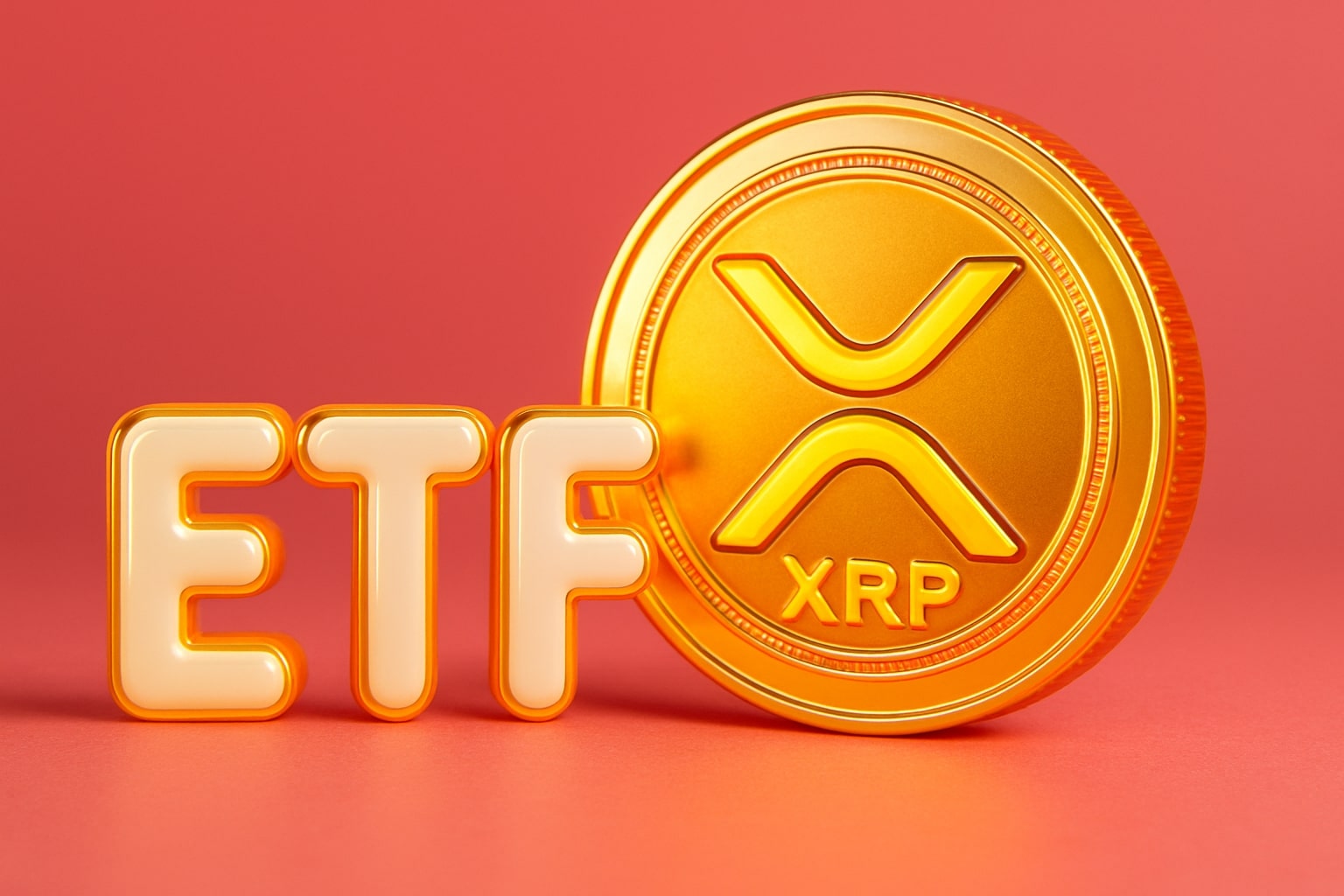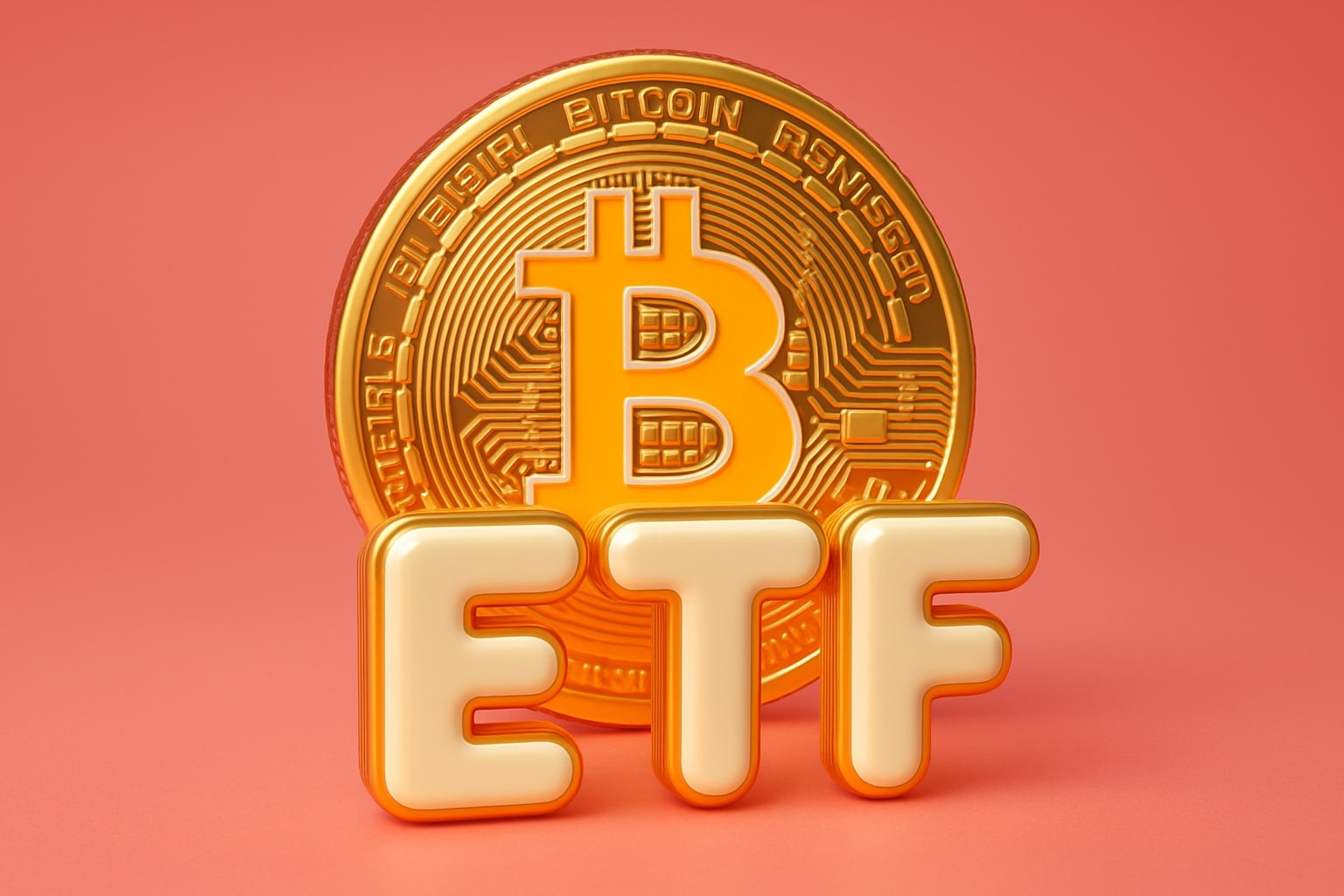
Pagaya Stock Price Forecast - PGY Poised for 120% Upside
Trading near $29.04 after a 52-week run to $44.99, Pagaya Technologies strengthens its AI underwriting moat with $4.9B in funding deals and record Q2 profits | That's TradingNEWS
NASDAQ:PGY — Re-Rating Case Builds as Profitability Inflects and Volume Scales
Price, Liquidity, and Setup
Pagaya Technologies (NASDAQ:PGY) closed at $29.04 on October 24, 2025, down 1.63%, with after-hours trading lifting the stock to $29.34 (+1.03%). Over the last 12 months, the shares have ranged from $8.20 to $44.99, showing extreme volatility typical of high-growth fintechs. The market capitalization stands at $2.22 billion, with short interest near 17.25%, amplifying momentum risk and opportunity. The stock’s forward P/E ratio of ~10.5x doesn’t align with its 70%+ forward EBITDA growth rate, suggesting significant undervaluation. Real-time performance can be viewed on NASDAQ:PGY live chart.
AI-Driven Lending Model and Network Expansion
Pagaya’s engine runs on a capital-light model connecting 31 lending partners to over 145 institutional investors. The company doesn’t hold loans but facilitates them through advanced AI underwriting. Its network volume reached $2.6 billion in Q2 2025, up 14% YoY, fueled by 17% growth in personal loans and 50% in auto loans. Auto and POS lending now make up ~30% of total volume, up from 9% last year. Management aims for an even split across segments, targeting one-third each in personal, auto, and POS loans. This diversified mix is driving scalability and stabilizing margins, a core strength of Pagaya’s business model.
Financial Inflection: Revenue Acceleration and Margins Expand
Pagaya turned a financial corner in 2025. The company posted $7.9 million GAAP net income in Q1 2025 and $16.7 million in Q2 2025, confirming back-to-back profitable quarters. Revenue surged 30.4% YoY to $326.4 million, while adjusted EBITDA hit $85 million, up 72% YoY. Trailing twelve-month figures show $1.15 billion in revenue, $487 million in gross profit (42% margin), and $193 million EBITDA. Its proprietary metric, Fee Revenue Less Production Costs (FRLPC), improved to ~4.3–4.8% of network volume, signaling stronger monetization. Operating efficiency also improved as core operating expenses dropped to ~39% of FRLPC, down from ~57% a year ago—proof of deep operating leverage.
Funding Strength and Forward-Flow Partnerships
Pagaya’s stability now relies on forward-flow agreements exceeding $4.9 billion, including $2.4 billion from Blue Owl Capital and $2.5 billion from Castlelake. These partnerships ensure predictable loan funding and mitigate exposure to volatile ABS markets. Since 2018, the company has issued over $26 billion in personal loan ABS and $1.7 billion in 2025 alone, backed by AAA-rated tranches—a strong indicator of investor trust and asset quality. These funding lines create insulation against cyclical liquidity shocks and guarantee the continuity of Pagaya’s underwriting flywheel.
Earnings Outlook and Guidance for Q3 2025
Pagaya reports Q3 2025 results on November 10, 2025. Wall Street expects $338.9 million in revenue (+31.7% YoY) and EPS of $0.66 (+49.7% YoY). The company guided network volume between $2.75–$2.95 billion, indicating sequential growth. Revenue between $1.25–$1.325 billion for FY2025 shows management’s confidence in scaling volume through its AI platform. If FRLPC remains above 4.5% and expenses continue declining as a percentage of sales, Pagaya could exceed consensus EPS estimates, lifting investor sentiment and closing its valuation gap.
Underwriting Flywheel: Structural Competitive Advantage
The “Underwriting Flywheel” is Pagaya’s strongest moat. Its AI infrastructure has processed $2.9 trillion in loan applications, refining predictive models through constant retraining. Each approved loan improves future decision accuracy, enhancing conversion rates for lenders and returns for investors. This loop attracts more partners, strengthening the data pool and reinforcing the competitive barrier. Once a large bank calibrates underwriting with Pagaya’s API, switching becomes inefficient. The result is a compounding data network that mimics software-like operating leverage while retaining the low balance sheet risk of a technology facilitator.
Valuation: Discount to Growth and Upside Targets
At $29.04, Pagaya trades at a steep discount relative to peers like Upstart and LendingTree. Despite 20–25% annual revenue growth and 70% EBITDA expansion, the stock’s forward EV/EBITDA multiple of 8x and EV/Sales of 2.3x remain depressed. Conservative DCF modeling—WACC at 11%, terminal growth at 2.5%, and EBITDA margin expansion from 20% to 23%—suggests an intrinsic value near $40 per share, implying ~40% upside. A re-rating to 20x forward P/E on projected $3.23 EPS by 2026 yields a price target around $64–$65, or +120% potential upside.
Read More
-
PPA ETF at $154: Can This Defense ETF Keep Beating ITA and SPY?
14.12.2025 · TradingNEWS ArchiveStocks
-
XRP ETFs XRPI and XRPR Pull In $975M While XRP-USD Fights To Hold $2
14.12.2025 · TradingNEWS ArchiveCrypto
-
Natural Gas Price Forecast: NG=F Hits $4.11 As Warm Winter Outlook Puts $3.913 Support At Risk
14.12.2025 · TradingNEWS ArchiveCommodities
-
USD/JPY Price Forecast - Dollar to Yen Can BoJ’s 0.75% Shock Break The 155–158 Range?
14.12.2025 · TradingNEWS ArchiveForex
Balance Sheet and Risk Management
Pagaya maintains a stable liquidity position, with ~$207 million in cash and short-term investments against $644 million in debt, for net debt of ~$437 million. Capex remains low, near 1.4% of sales, consistent with a capital-light tech platform. Key risks include dependency on lending partners and ABS investors, AI transparency regulation, and delinquency trends in newer loan verticals. However, delinquency ratios have remained stable, and AAA ABS issuance signals ongoing investor confidence.
Technical Landscape and Institutional Flow
Technically, NASDAQ:PGY is consolidating within a broad uptrend. After surging from $9 in Q2 2025 to $44.99 in September, the stock corrected to the $29 zone, near the 38.2% Fibonacci retracement, aligning with major support levels. Institutional volume has risen notably during the pullback, suggesting accumulation. A move above $30.50–$31.00 could reignite bullish momentum toward $35–$40, while losing the $29 handle risks a slide toward $19–$20, near the 200-day moving average.
Competitive Context and Market Perception
Unlike Upstart Holdings (NASDAQ:UPST), which holds credit risk, Pagaya’s model is purely facilitative and scalable. It functions closer to a credit infrastructure software than a lender, with superior risk insulation. Traditional credit bureaus like Equifax or Experian lack Pagaya’s real-time AI underwriting loop. Despite this, markets still price PGY as a cyclical lender. The growing partnership network—with 31 lenders and 145 investors—suggests the platform has already achieved critical mass, and each incremental deal enhances the network’s predictive capability and cash efficiency.
Final Take: Rating and Price Outlook
Factually, the company now stands at $1.15 billion TTM revenue, $193 million EBITDA, $2.6 billion Q2 network volume, and expanding FRLPC margins of 4.3–4.8%. With forward-flow agreements of $4.9 billion and Q3 guidance showing sequential growth, the operating framework appears intact. The valuation disconnect versus growth potential remains substantial. Based on all quantifiable evidence, NASDAQ:PGY is rated a Buy, with 12–18 month upside to $40, and potential to reach $60+ by end-2026 under consistent execution and stable credit quality.


















